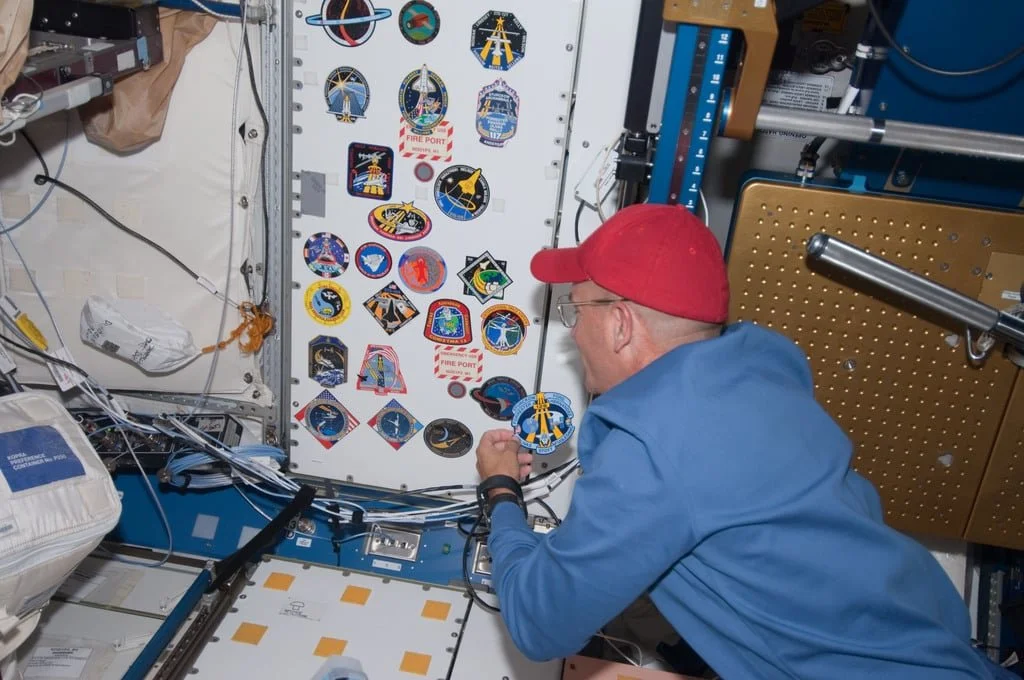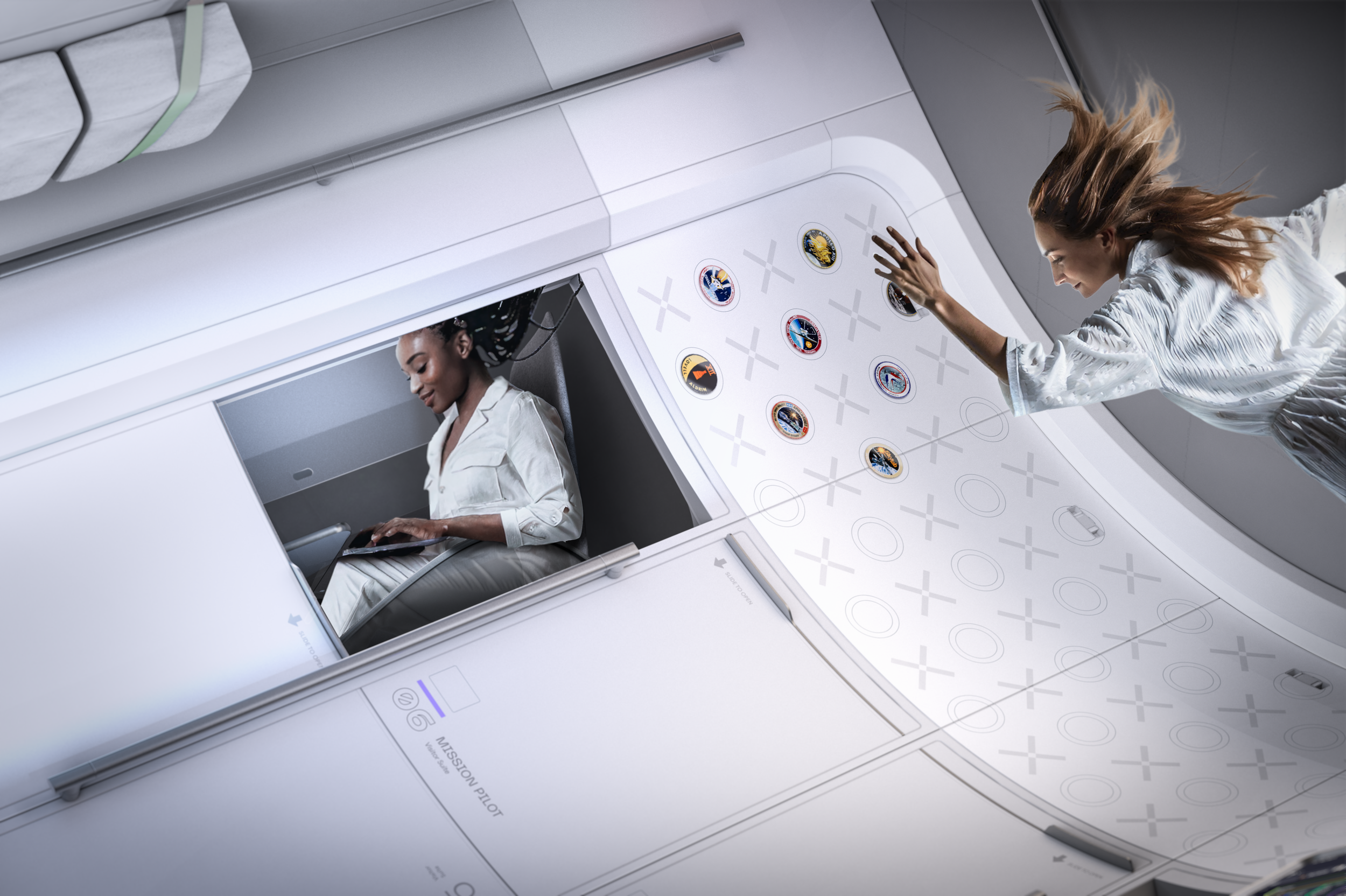Design Vision
As part of an 8-week sprint, the team developed a conceptual crew deck for a VR experience showcased at a 2024 space conference in Milan. The goal was to create a visionary environment that highlighted key moments of life in microgravity, emphasizing the unique spatial and behavioral dynamics of zero-G living. After four weeks of design development, the design intent and CAD package were handed off to the VR team to build an immersive experience that allowed users to float through the environment and explore the space firsthand.
Principles
Home away from Home
The next generation of space travelers will likely include individuals with less intensive training than today’s astronautsscientists, researchers, and even commercial passengers who will rely more heavily on intuitive environments and emotional comfort. This shift shaped the foundation of our design approach for the Starlab crew deck. Rather than designing purely for performance, we focused on creating a space that felt familiar, welcoming, and livable. From lighting and materials to spatial layout and personal privacy, every decision was grounded in the idea that space should not only support survival, but also provide a sense of home.
Embrace The Legacy
Astronauts aboard the International Space Station have long used mission patch stickers to mark their presence and celebrate the history of their expeditions, a small but powerful tradition that reinforces a sense of identity and continuity. Drawing from this insight, the Starlab crew deck was designed with opportunities for personalization and storytelling. Select surfaces and zones within the environment were intentionally left open for mission patches, markings, and other artifacts, allowing future crews to leave their imprint on the space. By weaving this tradition into the physical environment, the design honors the history of human spaceflight while creating a living record that evolves with each new mission.
Augment Orientation
In microgravity, the traditional idea of "up" and "down" becomes irrelevant, opening new possibilities for how spaces are experienced. Throughout the station, environments were designed to support multiple orientations, allowing users to move and interact freely without a fixed sense of direction. The crew quarters serve as a key example: each sleeping pod was equipped with adjustable lighting that could shift based on the user's position, whether standing vertically or lying horizontally.
Inspire Wonder
Few experiences in space evoke more awe than looking back at Earth. To capture that emotional gravity, the Crew Deck was anchored by a dedicated viewing area, a large window designed as a moment of pause and reflection. Positioned to maximize visibility and orientation flexibility, the window offered a striking contrast to the enclosed interior, grounding the experience in a sense of scale and wonder. This feature served not just as a visual centerpiece, but as a reminder of the mission’s larger purpose, connecting astronauts to the planet below and the human story unfolding across its surface.
Bringing the vision to life
Once the vision was defined, the design was handed off to a cross-disciplinary team to build the experience in Unity VR. The environment was translated into an interactive, real-time experience that captured the intent of the zero-G design. A custom movement system was developed to allow users to float freely through the space, seamlessly shifting orientations as they explored. This tool not only reinforced the spatial design principles, but also gave users a visceral sense of life aboard, offering an intuitive, embodied way to experience the future of orbital living.









